#india ancient
Explore tagged Tumblr posts
Text
Here's the link to the video
👏 SAY 👏 IT 👏 LOUDER 👏
#history#science#scienceblr#stem#stemblr#mathematics#mathblr#ancient persia#ancient india#ancient egypt#babylon#pythagorean theorem#snell's law#quadratic formula#fibonacci's sequence#pascal's triangle
10K notes
·
View notes
Text










The Cryptic Motif of “Three Hares with Conjoined Ears”
On the Heavenly Palace decorative patterns found in the Mogao Caves at Dunhuang from the late Northern dynasties are images with cryptic patterns, including Buddha's head, the Taotie beast, deer, animals copulating, three hares with conjoined ears, and also writings. This type of decorative pattern is cryptic and difficult to understand and may be closely related to the history of the popular Eastern iconology and divination philosophy from the Han and Wei dynasties and Emperor Wu of Northern Zhou's suppression of Buddhism. They are important references for studying the related history of this period.
#china#motif#three hares with conjoined ears#silk road#culture influenced by buddhism from ancient india#art#reference
889 notes
·
View notes
Text

In the 5th century BCE, Sushruta, a renowned Indian surgeon, first identified diabetes by observing that diabetics’ urine attracted ants due to its sweetness. He noted that the condition primarily affected wealthier individuals and linked it to a diet high in rice and sweets.
160 notes
·
View notes
Text

Sacred Light Arrow 💫
#princess zelda#Zelda#legend of zelda#ocarina of time#twilight princess#loz twilight princess#loz#south asian fashion#ancient india#purple sari#triforce#rajkumari#Anumation Zelda AU#indian jewelry#visdev#zelda reimagined
4K notes
·
View notes
Text

Lotus-Headed Fertility Goddess Lajja Gauri
India (Madhya Pradesh)
ca. 6th century
Metropolitan Museum of Art
#fertility#goddess#fertility art#india#art of india#religious art#indian culture#indian art#ancient art#ancient cultures#stone carving#art history#aesthetictumblr#tumblraesthetic#tumblrpic#tumblrpictures#tumblr art#aesthetic#beauty#tumblrstyle
328 notes
·
View notes
Text
Hindu Temple Ceilings~









245 notes
·
View notes
Text

Dilawr Khan Mosque (XV c.) - Mandu, 2013
#original photographers#photographers on tumblr#travel#india#ancient architecture#indian architecture#islamic architecture#architecture#arcade#mosque
215 notes
·
View notes
Text
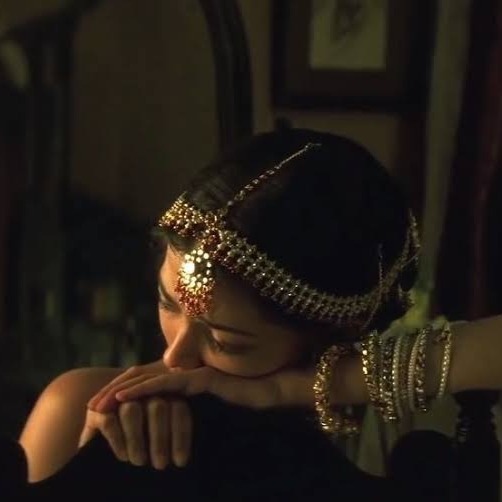
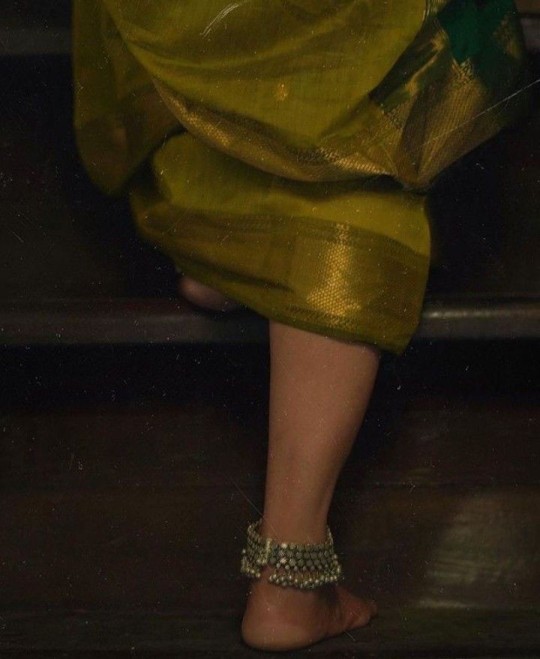
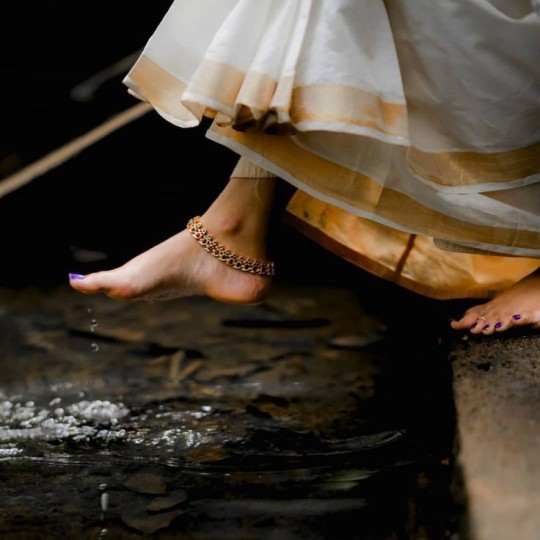

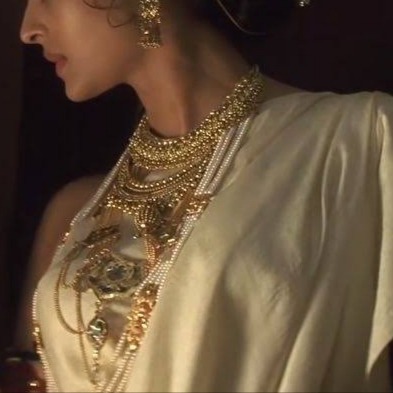
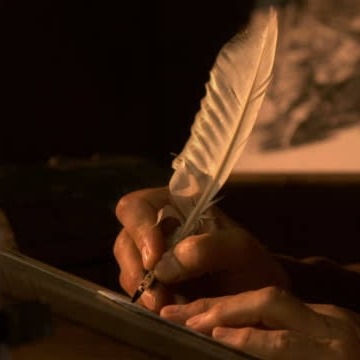
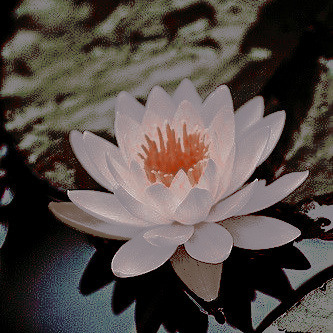

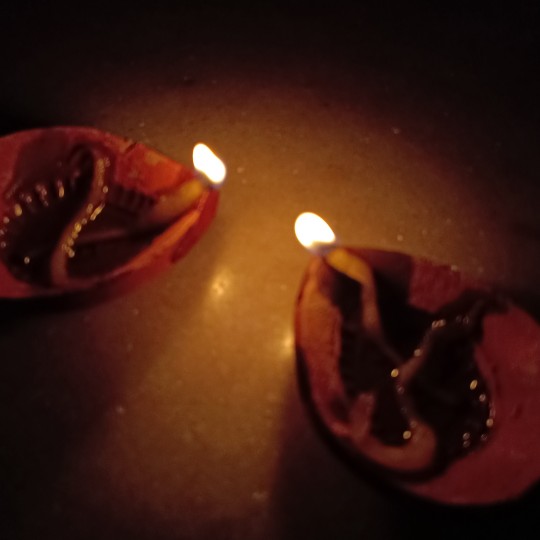
Khona was a poet and astronomer from Deulia village in Bengal, best known for Khonar Bochon, a series of couplets and short rhymes which imparts advice regarding agricultural and rural life. Born somewhere between 800-1200 A.D., Khona defied social and cultural norms of her time when women were rarely taught to read. Her husband Mihir was the son of the philosopher and astronomer Barahmihir, who was one of the navaratnas (nine gems) at the court of Chandragupta II. Khona lived in Chandragupta's court in Pataliputra for a time with her husband and father-in-law. According to legend, Chandragupta was so impressed with Khonar Bochon which benefited the farmers of his state that he named Khona the tenth gem of his court. Khonar Bochon remains relevant to the agricultural life of rural Bengal to the present day.
ষোল চাষে মূলা / তার অর্ধেক তুলা / তার অর্ধেক ধান / বিনা চাষে পান।
Translation: After 16 days of cultivation, radish cultivation in that land gives good yield. Cotton land requires 8 days of cultivation, paddy land after 4 days of cultivation gives good yield. Betel does not require cultivation.
1 / 2 / 3 / 4 / 5 / 6 / 7 / 8 / 9
#mb#khona#khonar bochon#khana#bengali academia#bangla tag#bangladesh#india#desi academia#dark academia#desi aesthetic#desi tag#desi tumblr#desiblr#bengali#indian history#ancient india#khonar bochor for anon#bengali literature
408 notes
·
View notes
Text
•Sri Vishnu• 🪷 •श्री विष्णु•
✿.・。.・゜✭・✿・✫・゜・。. ✿
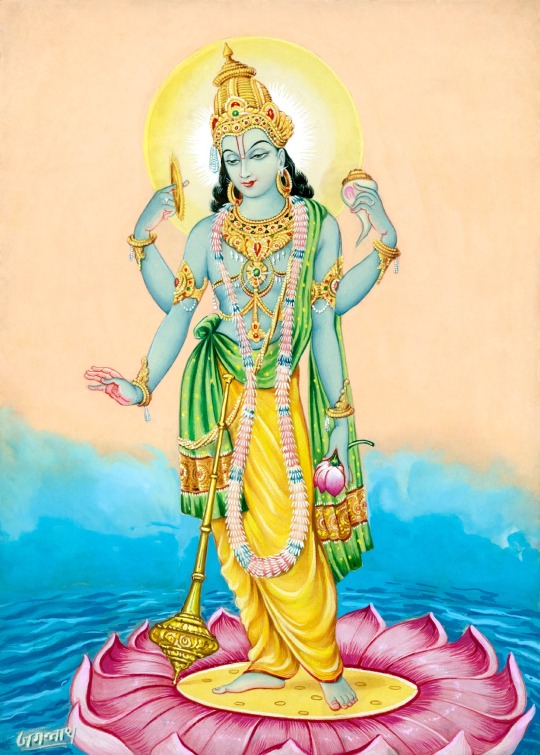
✿.・。.・゜✭・✿・✫・゜・。. ✿
The Lord of the universe~
166 notes
·
View notes
Text

Nefertem x Brahma supremacy 🗿🪷🪷🪷
#ancient egypt#ancient india#egyptian history#egyptian mythology#brahma#egyptian gods#nefertem#nefertum#ancient cultures#ancient history#ancient civilizations#hindu mythology#hindu myths#hindu gods#hindublr#desiblr#desi tumblr#desi tag#desiposting#desi side of tumblr
421 notes
·
View notes
Text
About Vedic Scriptures
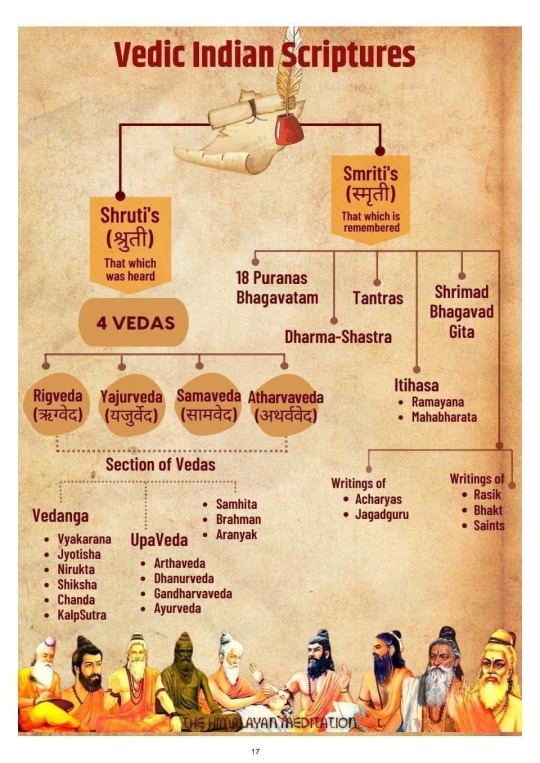


#vedic literature#hinduism#hindublr#sanatan dharma#ancient india#vedic culture#mantra#bharat#ancient indian history#puranas#sanskrit#languages#krishna#dharma#karma#hindu culture
298 notes
·
View notes
Text
Indian PR is so bad that the whole world knows about the Colosseum but Indians themselves don't know about this

60 notes
·
View notes
Text
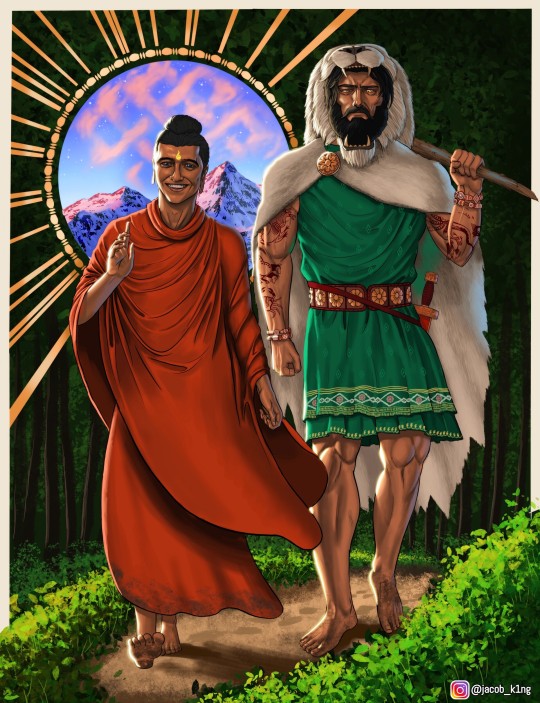
Heracles and the Buddha
This is based on the fascinating fusion of cultures after Alexander the Great invaded India, otherwise known as Indo-Greek or Greco-Buddhism. In Gandharan sculpture, Heracles is depicted alongside the Buddha as Vajrapani, the Buddha's protector. The pairing of two figures so iconic in their mythologies seemed perfect material for art. The Buddha would help Heracles with anger management, while Heracles would help with clobbering evildoers. Business as usual.
#heracles#hercules#herakles#buddha#buddhism#zen#dharma#ancient greece#ancient india#indo-greek#vajrapani#greek mythology#greek myth art#classical mythology#the buddha#tagamemnon#art#illustration#mythology#buddhist#alexander the great#ancient history
374 notes
·
View notes
Text
Coins weren’t the only, or the most important, place that Indian and Greek cultures impacted one another. Take a look at this 1885 photo of a piece of an ancient column found in what’s now northern Pakistan:

If you know your Greek columns, you’ll be able to identify this as the Corinthian style (Corinthian capitals are the really complicated ones with lots of leaves). But who’s that in the middle?
Yep, it’s the Buddha, plunked down in the middle of a very Greek-looking piece of sculpture.
And look what’s on top of it — a bunch of very distinctively stylized Indian elephants:

{WHF} {Ko-Fi} {Medium}
614 notes
·
View notes
Text
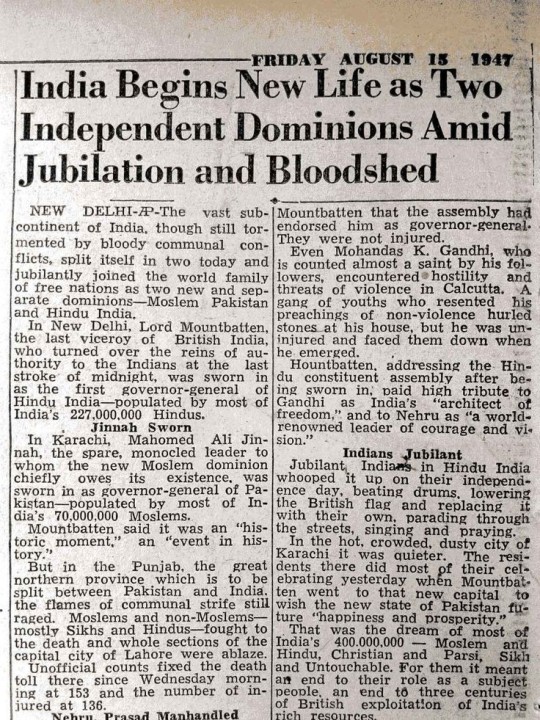
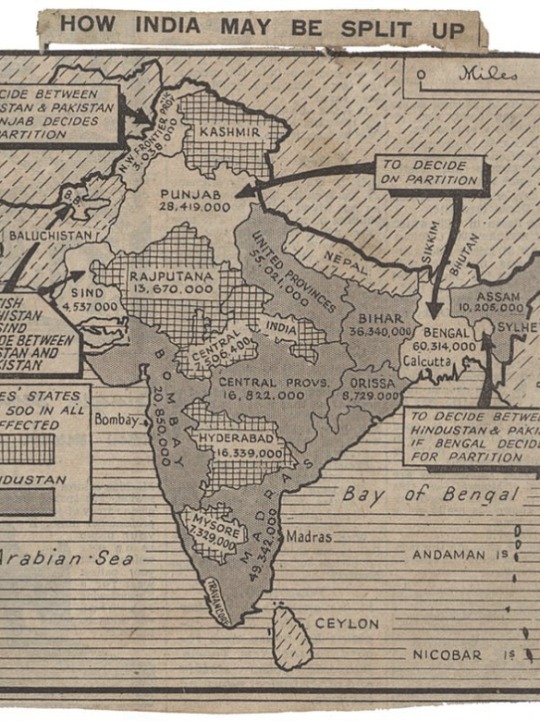

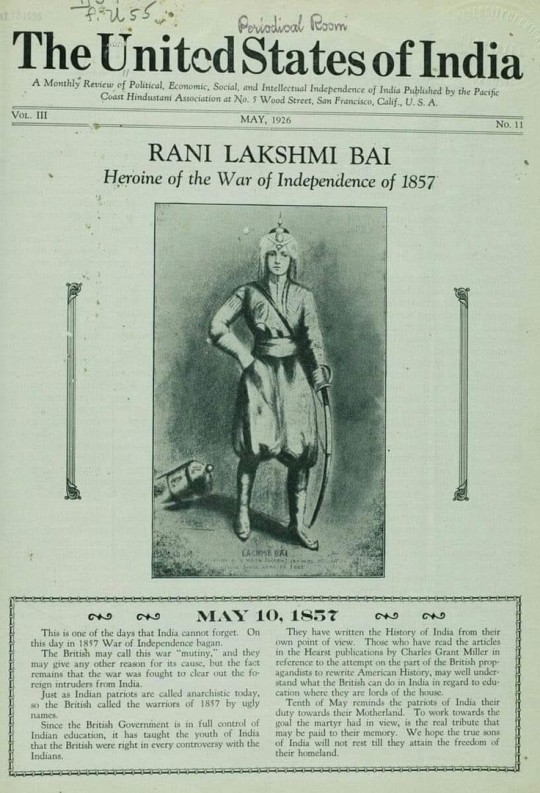
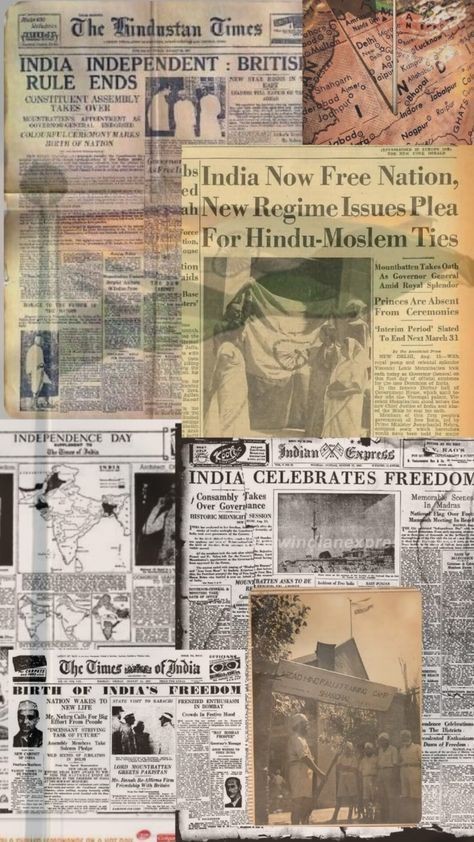

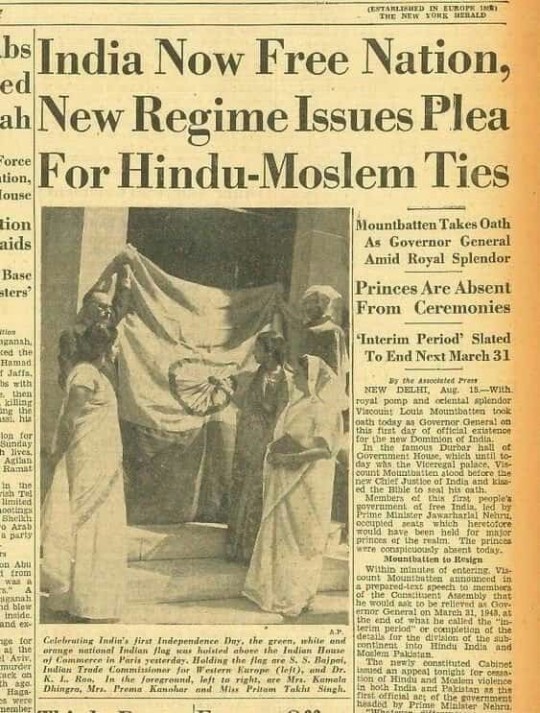

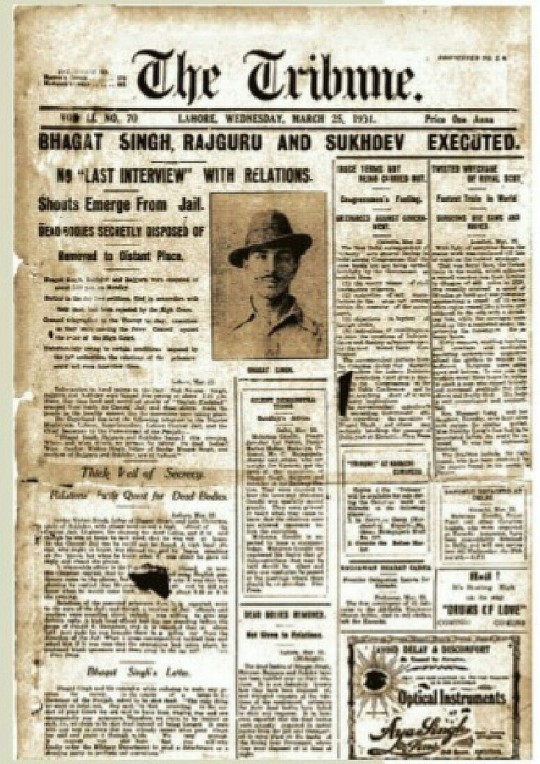
"The birth certificate of a nation! 1947 newspaper clippings celebrating India's independence..."
#independence day#freedom struggle#indian soilders#desiblr#desi tumblr#being desi#desi#ancient india#indian history#vintage#india#colonialism#freedom#british rule#british defeat#India's freedom#desi aesthetic#patriotism
101 notes
·
View notes
Text
Indian Gateways🪷~










#india#tumblr#aesthetic#marvellous#beautiful#architecture#temple#art#ancient#hinduism#jainism#door#bharat
270 notes
·
View notes